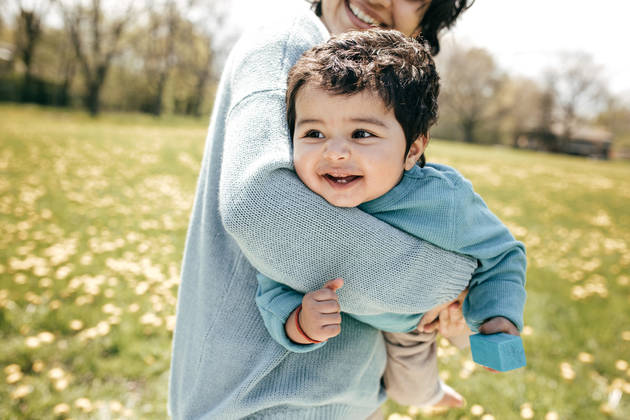My kids have been in after-school activities for as long as I can remember. I am that mom who picks them up quickly from school, has them eat a snack in the car and then drives straight from one activity to the next. This was our typical day from Monday through Friday when my older two were younger. But this past year things changed a little when we welcomed our newest addition into our family. So, let’s talk about after-school activities with a toddler and older kids and how to make it all work!
I tried my best to keep the kids’ schedules the same after the baby. I didn’t want them to suffer. But I needed to figure out a way to keep this baby busy. He is super active and always on the go. Below I have put together some tips that have worked for me while taking my then baby and now toddler along with us.
[Read Related: How I had ‘The Talk’ With my Kids and why it’s Important for Desi Families to do the Same]
- Dress him or her comfortably in case the baby/toddler decides to take a nap. Or even go down for the night (if it’s a late activity), then you can just transfer them from the stroller to car seat and car seat to crib! Easy for you and the baby!
- Pack little snacks like purée packs, goldfish or fruits. They are mess-free, healthy and convenient. I always use snacks to keep him busy. If you have a toddler, then some coloring books and Play-Doh can go a long way. In my opinion anything besides electronics. I’m a firm believer in keeping the kids away from screen time as long as possible.
- Stay off your phone, that way you can give your baby and your child whose activity it is, your undivided attention. It also sets a great example for not using screen time in front of them.
- Become friends with other moms who also bring babies with them. Once the babies/toddlers recognize each other they will run around and play together. You can arrange play dates later on also.
- Always remain calm and patient. If you remain patient half of the stress is relieved right there. Remember that they are babies/toddlers after all. It’s not their fault they have to sit through so many after-school activities. Try to make him/her as comfortable as you can so you can enjoy your time at the activity.
[Read Related: Being a First Generation Canadian: Why Sleepovers Were an Absolute ‘no’ in my House]
It’s been proven that children who go to after-school activities are more well rounded academically, have less stress, and are physically more healthy. I’m a firm believer in having your kids try at as many as different activities as you can while they are young, to then help them find what they really love to do. I hope these tips were helpful in making the process of handling after-school activities with a toddler when you have older kids. But remember if all things fail just start singing like crazy and you are sure to make your baby smile!





